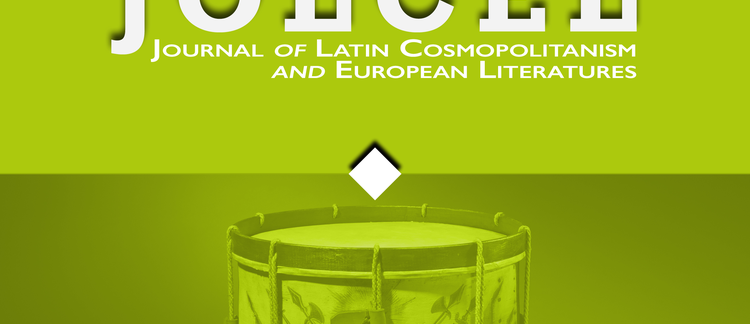Language is read—and it is seen. Latin is no exception: the language of ancient Rome has been one of the most visually prominent languages across generations. Latin words are ubiquitous on multifarious surfaces throughout the world, including walls, medals, artworks, and postage stamps, visible to a multitude of people, including those who cannot read the language. Such ‘writings on display’ vary in length from single words to a few lines or even entire texts such as, most famously, Augustus’ Res Gestae, returned to public view through a copy inscribed on the exterior wall of the Ara Pacis Museum under Mussolini. With the declining literacy in Rome’s language, Latin words have morphed into things that are seen before they are deciphered, assuming they are read at all. However, both for those who understand Latin and those who do not, the materiality of these words may possess a significance that transcends textual interpretation.
While Latin inscriptions have been studied intensively, and there has been considerable research on the handwritings and typefaces in which the language has appeared on the page for generations of readers, the material embodiment of the language throughout its long and complex history has not received sufficient attention in mainstream histories of Latin language and literature. A visual semiotics of Latin has yet to be established.
The articles offered in this issue of the Journal of Latin Cosmopolitanism and European Literatures suggest that exploring Latin beyond the mere forms and shapes of its letters and considering the complete material embodiment of its words, including their supports, materials, and techniques, may yield valuable insights into how Latin was used beyond the confines of the literary work. At the same time, none of these papers ignores the importance of textual meaning, literary significance, and the symbolic resonance of the language, acknowledging the potential for multiple layers of semiosis. Each article, in its own way, paves the way for future research that embraces a comprehensive understanding of Latin’s material nature.
Editors: Han Lamers (Guest Editor)
Editorial
Articles
Between Reading and Viewing: Mapping and Experiencing Rome and Other Spaces
Klazina Staat
2023-07-12 Issue 8 • 2023 • Latin's Material Presences
The Incipit Miniature of the Morgan Gospel of John
Barbara Baert
2023-07-12 Issue 8 • 2023 • Latin's Material Presences
Language on Display: Latin in the Material Culture of Fascist Italy
Han Lamers
2023-07-12 Issue 8 • 2023 • Latin's Material Presences
Looking at Latin 1911-1965-2019 : Modern Art and an Ancient Language
Simon Smets
2023-07-12 Issue 8 • 2023 • Latin's Material Presences

